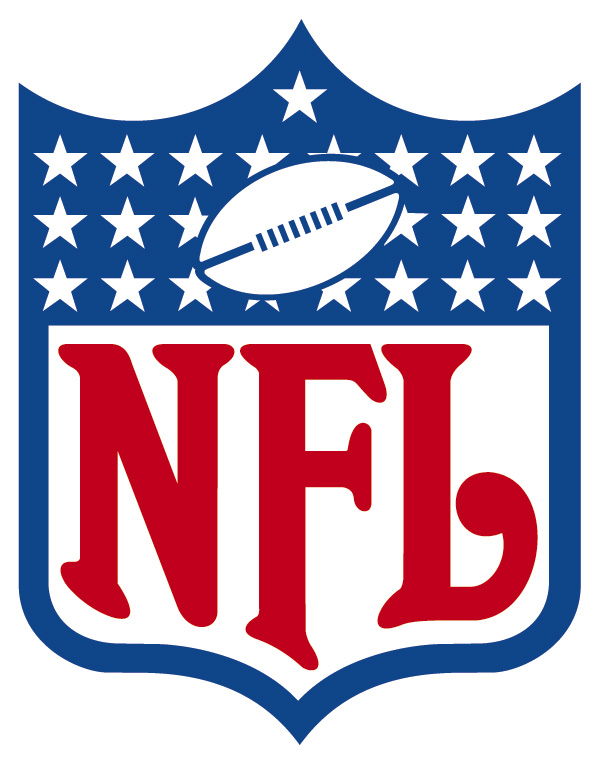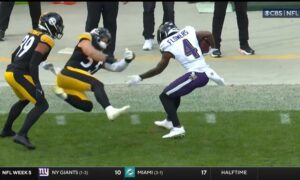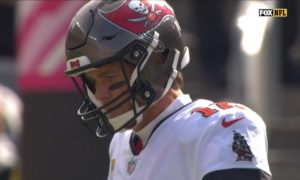As I wrote about yesterday, the National Football League Players Association has in recent years partnered with Harvard Medical School in a joint program called the Football Players Health Study at Harvard.
The purpose of the program is the advance the knowledge about the injuries and conditions that professional football players accumulate during their careers, with the goal-oriented objective of creating innovative means of treating them.
As I recounted yesterday, the FPHS grants $150,000 to accepted study proposals under year-long conditions that expect to see results at the end of that time limit, and last year, there seemed to be some positive results.
There were three studies initiated last year. On a study to develop a means of non-surgical ACL treatment, researchers have developed a scaffold that connects the two torn ends of the ligament long enough to initiate self-repair, for example, while another study is attempting to improve and accelerate the recovery process of head injuries by exposing brain tissue to red and near-infrared light to foster the development of ATP in the cells.
The program has funded four new studies for 2015, which I will discuss below.
The first of these studies aims to further the knowledge of brain movement within the skull, with the end goal, of course, to help prevent traumatic brain injury. Researchers have developed a device called NINscan, which and monitor the movement of the wearer’s brain within his skull while in motion. Brain injury is largely due to the result of it colliding with the interior of the skull.
The NINscan system has achieved encouraging initial results in tracking brain movement. Later in the year, 20 players from a local high school team will make use of the technology as part of a field study, which could help better diagnose concussions.
The second study is hoping to create a new knee bracing device that could help prevent the occurrence of ligament tears, citing that many of the designs of current similar devices are too rigid or generally ineffective.
The research team is hoping to overcome the limitations of many of types of knee braces that many players already choose to wear by designing a flexible brace that does not diminish dynamic movement, which is why many other players choose not to wear them.
The third study being undertaken this year seeks to aide players who suffer from post-traumatic osteoarthritis, which is a common side effect of torn ligaments. Steroid injections, anti-inflammatories, and, ultimately, joint replacement are some of the current options that players currently face.
The study seeks a more sustainable solution, designing a system that releases an injected drug in response to disease activity in addition to providing pain relief. Using a hydrogel delivery system, this is a potential long-term treatment for chronic osteoarthritis.
The final proposal that has received grand funding is once again aiming toward facilitating the prevention of brain degeneration as a result of traumatic injury. The researchers are exploring an antibody that detects cis tau proteins in the brain, which contribute to the destruction of brain cells, and ablates them. This can be both a treatment as well as a preventative procedure against neurodegeneration that could improve the quality of life of retired players who have experienced concussions.








